Rare Rides: The 1953 Fiat 1100 Allemano Cabriolet

If the Allemano name sounds familiar, it might be because we featured one of the coachbuilder’s two-door creations previously: a 1959 Abarth 2200. While that Rare Ride was a sporty and luxurious touring coupe, today’s Allemano is for a much more relaxed customer.
Presenting the 1100 Allemano cabriolet.
Fiat brought its small family car offering into modern times with the 1100. An all-new car, in 1953 it replaced the 1100E (initially called 508 C) which was in production since 1937. The new unibody car was much more of the times than its body-on-frame predecessor. As the model found quick success in its home market, it was also offered as an NSU and a Zastava. Its production soon expanded from Italy into West Germany, Taiwan, Yugoslavia, Morocco, Iran, India, Argentina, and Australia.
Always practical in its design, it was available with four doors in sedan and wagon format, and with two doors as an economical spider. All were equipped with either a 1.1- or 1.2-liter inline-four engine, and all shifted the minimal horsepower through a four-speed manual.
At the time, the Italian design firms kept right in step with new Fiat models, displaying their custom work alongside the standard 1100 when it was introduced at the Torino motor show in 1953. It’s worth noting that although Fiat did make a factory cabriolet, it did not debut until 1955. That means Allemano’s transformation was based upon a standard sedan version of the 1100.
Allemano put one of its most talented designers in charge of the 1100 project, Giovanni Michelotti. Through the early part of his career, Michelotti worked for most the big Italian coachbuilders and made his name in designing custom Ferrari bodies — 20 in total. He also did several Maseratis, the Triumph TR4, Stag, Spitfire, Dolomite, and the BMW 2002. A truly impressive portfolio of designs.
But back to 1100.
Michelotti preferred clean lines and distinctive silhouettes, which suited his boss, Serafino Allemano, just fine. The upright sedan body was exchanged for flowing fenders, a dash of chrome, and a distinctive split-grille pointed nose. The 1100 was completely transformed from its sedan beginnings; the interior was also redone in fine luxury class materials, and carried a much different air to the standard car.
It didn’t matter if the 1100 Allemano was successful, as so few were actually built. It was a single-year design, one which Michelotti replaced for the 1954 model year. The total run in ’53 consisted of two coupes and four cabriolets. Today, all that’s left are one coupe and two cabriolets.
This one-of-two cabriolet remained in the initial owner’s family for 50 years, and was sold to its second owner in 2010. This one has a light modification history from 1959 (Italian regulation), circa 1980 (light restoration), and a full restoration to original specification circa 2016. It was displayed wearing its fresh face at the 2016 Pebble Beach Concours. This blue beauty sold recently; its value estimated between $275,000 and $325,000.
[Images: seller]

Interested in lots of cars and their various historical contexts. Started writing articles for TTAC in late 2016, when my first posts were QOTDs. From there I started a few new series like Rare Rides, Buy/Drive/Burn, Abandoned History, and most recently Rare Rides Icons. Operating from a home base in Cincinnati, Ohio, a relative auto journalist dead zone. Many of my articles are prompted by something I'll see on social media that sparks my interest and causes me to research. Finding articles and information from the early days of the internet and beyond that covers the little details lost to time: trim packages, color and wheel choices, interior fabrics. Beyond those, I'm fascinated by automotive industry experiments, both failures and successes. Lately I've taken an interest in AI, and generating "what if" type images for car models long dead. Reincarnating a modern Toyota Paseo, Lincoln Mark IX, or Isuzu Trooper through a text prompt is fun. Fun to post them on Twitter too, and watch people overreact. To that end, the social media I use most is Twitter, @CoreyLewis86. I also contribute pieces for Forbes Wheels and Forbes Home.
More by Corey Lewis
Latest Car Reviews
Read moreLatest Product Reviews
Read moreRecent Comments
- Bkojote @Lou_BC I don't know how broad of a difference in capability there is between 2 door and 4 door broncos or even Wranglers as I can't speak to that from experience. Generally the consensus is while a Tacoma/4Runner is ~10% less capable on 'difficult' trails they're significantly more pleasant to drive on the way to the trails and actually pleasant the other 90% of the time. I'm guessing the Trailhunter narrows that gap even more and is probably almost as capable as a 4 Door Bronco Sasquatch but significantly more pleasant/fuel efficient on the road. To wit, just about everyone in our group with a 4Runner bought a second set of wheels/tires for when it sees road duty. Everyone in our group with a Bronco bought a second vehicle...
- Aja8888 No.
- 2manyvettes Since all of my cars have V8 gas engines (with one exception, a V6) guess what my opinion is about a cheap EV. And there is even a Tesla supercharger all of a mile from my house.
- Cla65691460 April 24 (Reuters) - A made-in-China electric vehicle will hit U.S. dealers this summer offering power and efficiency similar to the Tesla Model Y, the world's best-selling EV, but for about $8,000 less.
- RHD The analyses above are on the nose.It's a hell of a good car, but the mileage is reaching the point where things that should have worn out a long time ago, and didn't, will, such as the alternator, starter, exhaust system, PS pump, and so on. The interiors tend to be the first thing to show wear, other than the tires, of course. The price is too high for a car that probably has less than a hundred thousand miles left in it without major repairs. A complete inspection is warranted, of course, and then a lower offer based on what it needs. Ten grand for any 18-year-old car is a pretty good chunk of change. It would be a very enjoyable, ride, though.



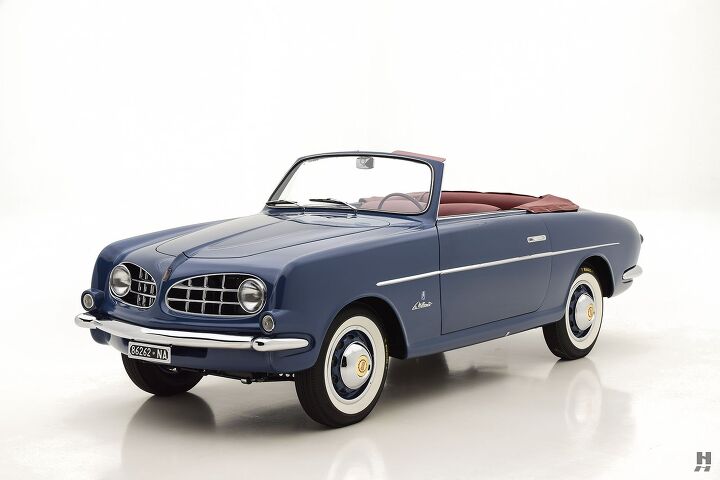





















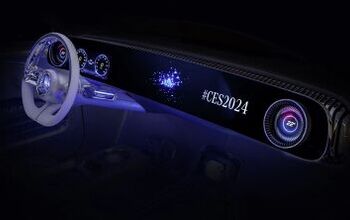
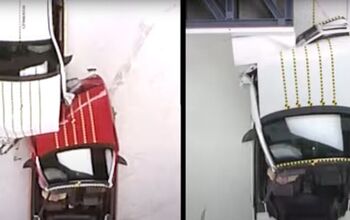

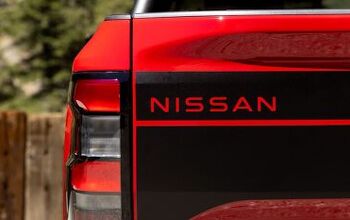
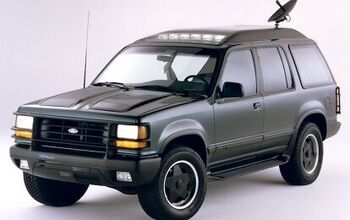

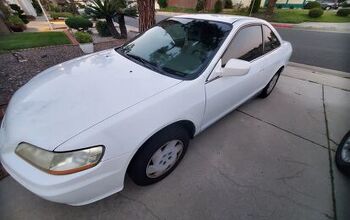




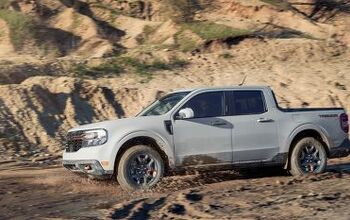


Comments
Join the conversation
Bella, bella! You could only drive this while wearing black Wayfarers and saying "Ciao!" to everyone you drove by.
Why do I see the T-Rex from Toy Story in the front end.